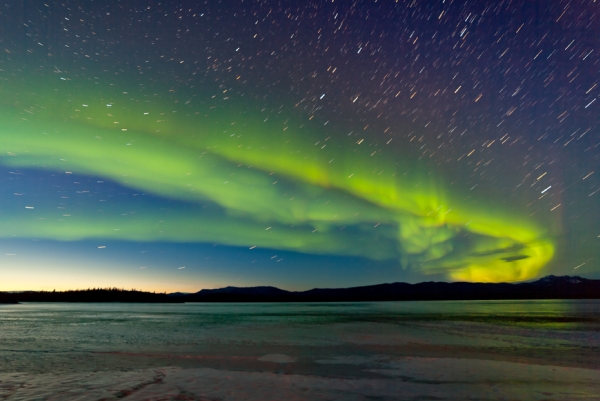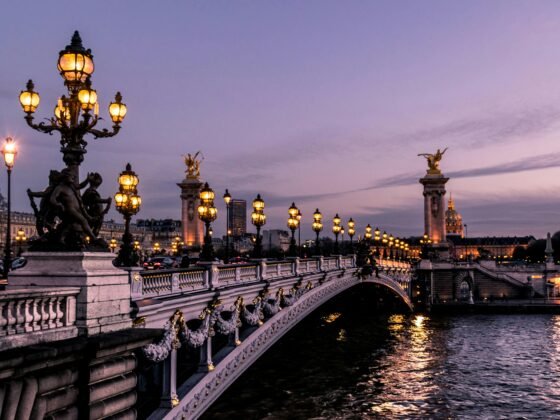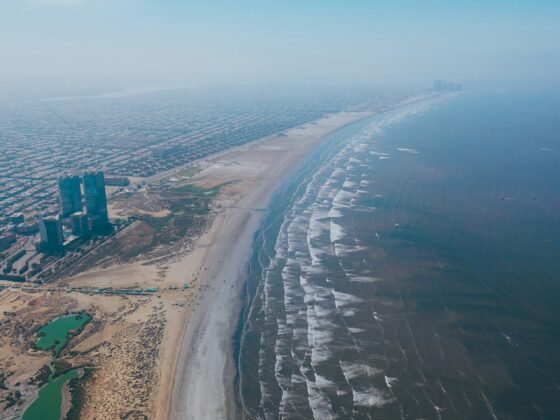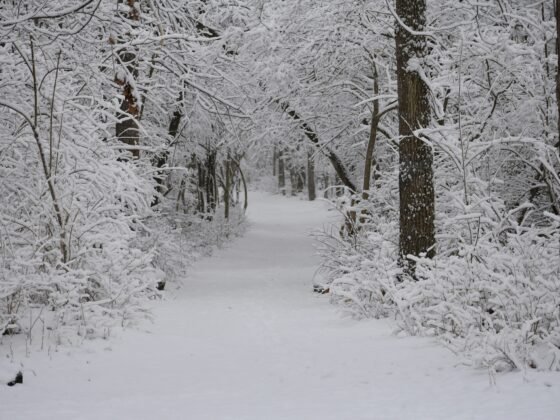Nothing beats natural landscapes of soaring mountains, vast crystalline lakes and lush forests filled with intriguing birds and animals; these are our European natural wonders;
Aurora Borealis, Scandinavia, Canada
The Aurora Borealis, aka Northern Lights, were believed to be signs from the gods in the Middle Ages. Today, scientists know that it has to do with solar particles colliding with atmospheric gases. The result is colourful curtains being created in the sky. It will illuminate the northern horizon and depict a considerable amount of colours in the sky, including pink and green. Some colours will change in seconds while others will take hours to chance. The best time to see the Northern Lights is from late November to March. While there are many places to catch this spectacle, Iceland and Norway are amongst the top locations to get the best view. And did you know that the origins of ‘aurora borealis’ are from the Latin word for sunrise (aurora) and the Greek word for north wind (borealis).
Giant’s Causeway, Northern Ireland
The Giant’s Causeway is located in Northern Ireland and is a major tourist attraction that is managed and owned by the National Trust. The area is a result of ancient volcanic eruption to form about 40,000 basalt columns that interlock with one another. It is a UNESCO World Heritage Site and was named as the fourth greatest natural wonder in the UK. The majority of the columns are hexagonal in shape, though some have as few as four and as many as eight sides. The highest point is about 39 feet and the solidified lava can be as much as 80 feet thick in certain places. The volcanic activity is believed to have taken place 50 million years ago during the Paleogene period.
Plitvice Lakes, Croatia
In Croatia is the Plitvice Lakes, which is part of the national park of the same name and is the oldest within southeast Europe. From the surface, 16 lakes can be seen. These lakes were created as a result of a confluence of various subterranean karst rivers and other small rivers. All of the lakes are interconnected and will follow the flow of water. There are travertine dams separating them, which are deposited there with algae, moss and bacteria. All of these barriers can shift due to the water, plaints and air. Because of all of the natural growth happening in the Lakes, they are known for their bright colours. The colours will change based upon the quantity of organisms and minerals in the water as well as the sunlight angle. The colours can range from grey to blue to green and even azure. Its natural beauty earnt it UNESCO World Heritage Status in 1979.
Blue Caves, Zakynthos, Greece
Zakynthos is a Greek island found in the Ionian Sea. Throughout the island, there are cliffs cut in around Cape Skinari and there are blue caves found throughout these areas. The only way to access them is by taking small boats out there and tours are provided for tourists. When the sun comes up, the rays reflect from the blue water to the white stones, creating a blue hue across the walls and bottoms of the caves. Along the western shore of the island, from Keri to Skinari, it’s possible to find many interesting rock formations as well, including arches.
Matterhorn, Switzerland and Italy
The mighty Matterhorn is a mountain located between the borders of Switzerland and Italy and rises to 14,692 feet (4,478 meters) tall. The name is derived from German to mean ‘meadow’ and ‘peak’. It is one of the highest peaks throughout the Alps and has four steep faces, all rising above the glaciers. The first ascent in July 1865 marked the golden age of alpinism’s end. Since the end of the 19th century, it has been a major tourist destination when railways were built to help access the summit. It is still attempted by climbers; however there have been over 500 alpinists to die on it to date due to the sheer steepness of the mountain faces.
The Great Dune of Pyla, France
The Great Dune of Pyla (also sometimes spelt as Pilat) is found in La Teste-de-Buch, about an hour away from Bordeaux in the Arcachon Bay region of France and is one of the little-known natural wonders in Europe. This is the tallest sand dune in Europe and has a volume of approximately 60,000,000 m³. The height is 108 meters above sea level and is a famed destination for tourists, where over one million explore each year. The dune runs parallel to the shoreline and scientific research shows that the dune is moving landward, covering portions of the Atlantic Wall as well. A storm in 2009 damaged the dune because of high wind speeds; however it still stands and is still a topic of much discussion throughout Europe amongst tourists and scientists alike.
Lake Garda, Italy
The largest lake in Italy is something of a holiday hotspot and is absolutely vast and covers an area of 142.8 sq. miles (370 km²). Lake Garda is located between Brescia and Verona in Northern Italy and was created in the alpine region following the last Ice age. The area is rich with vegetation and many olive groves and vineyards are found throughout the area. The lake is surrounded by morainic hills and soaring mountains and is characterised by cypress, oleander, palm, lemon and orange trees. Today, there are many tourists who come here for the superb windsurfing and other watersports on offer, as well as for the many luxury resorts and fantastic spa facilities in the area. At sunrise and sunset, the views of the lake are the most spectacular.












